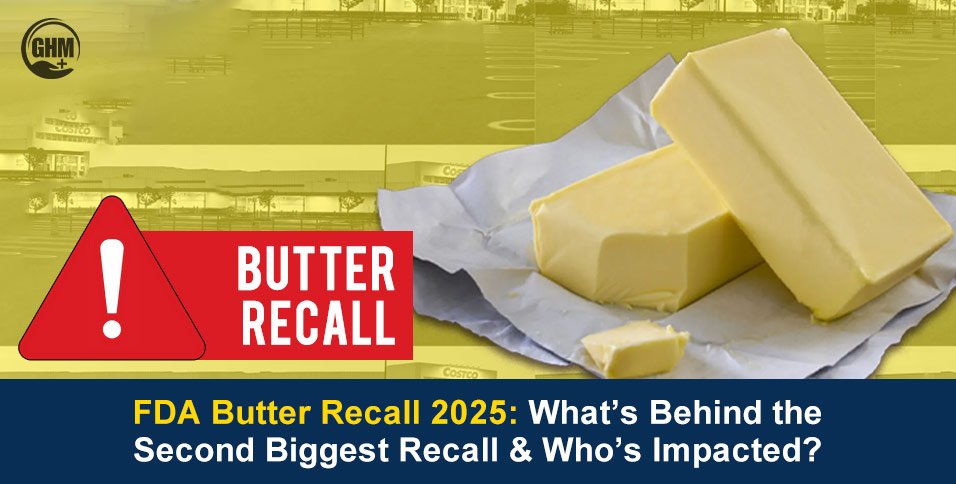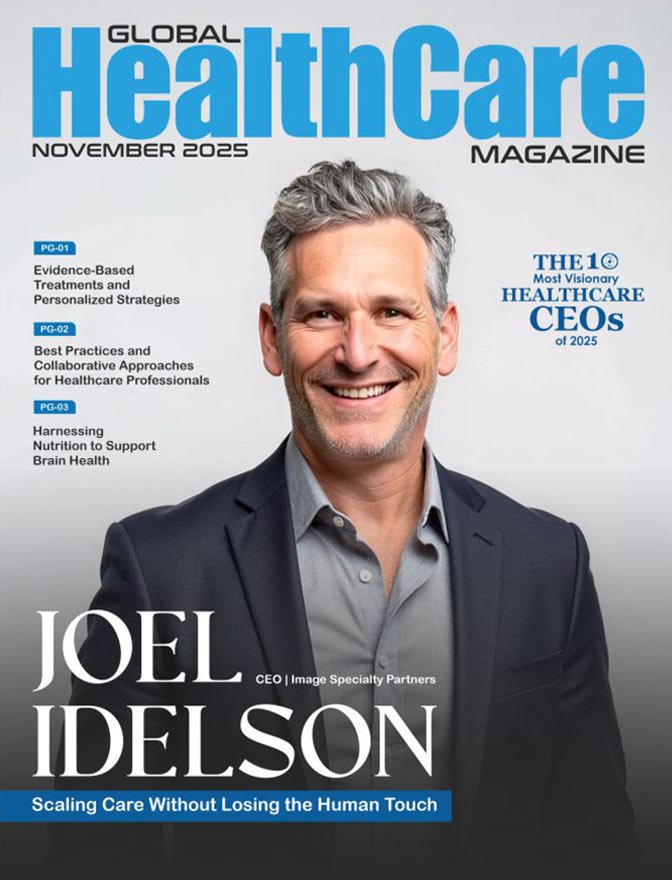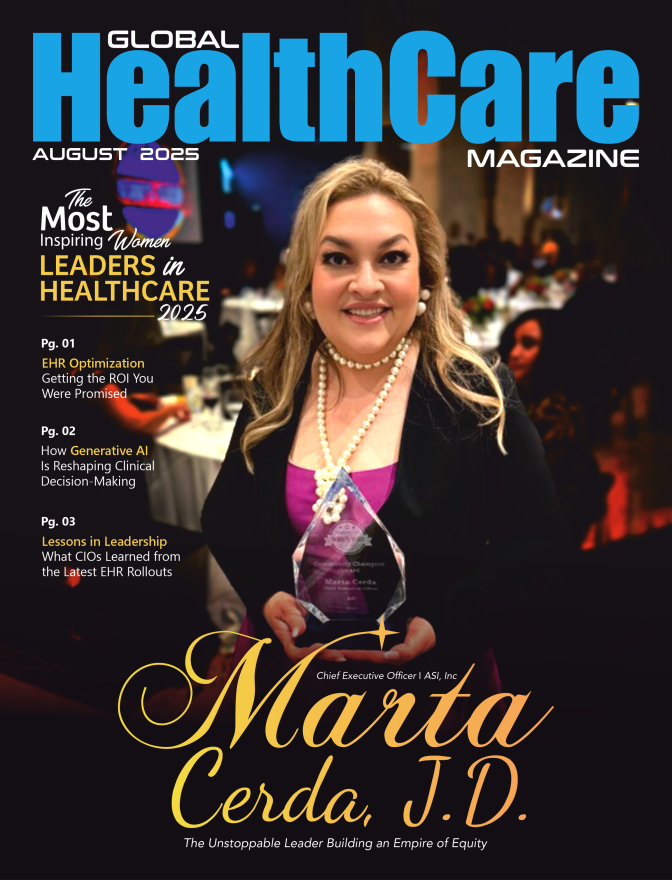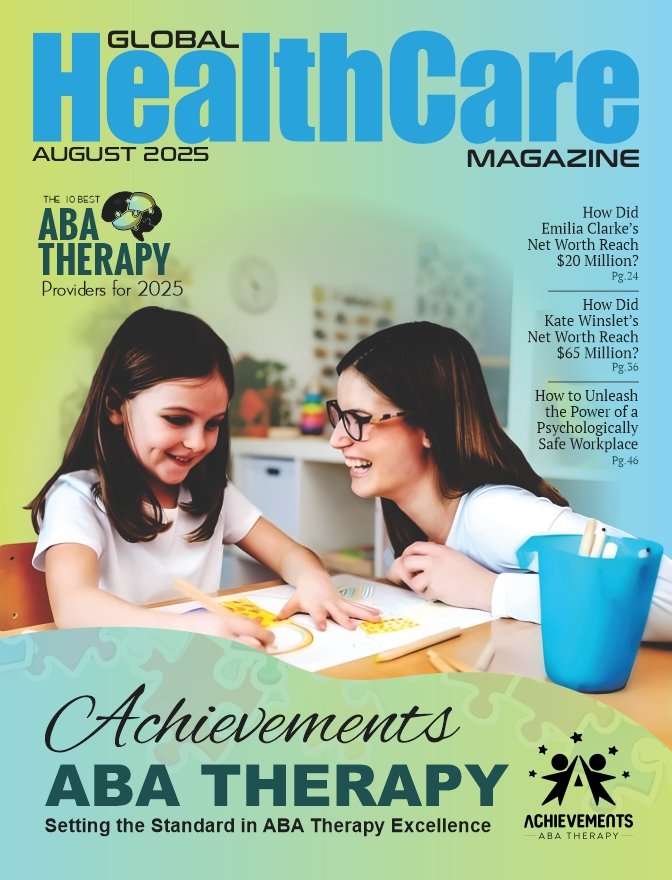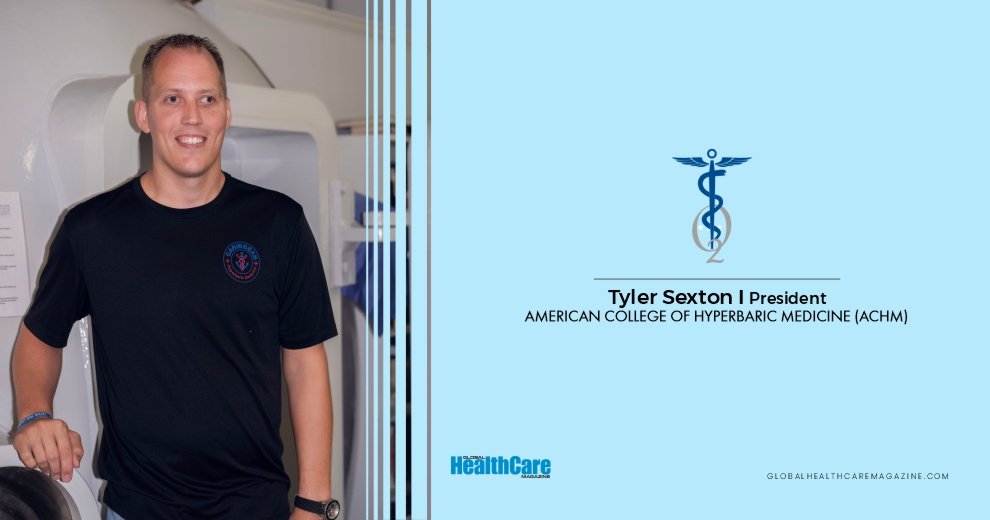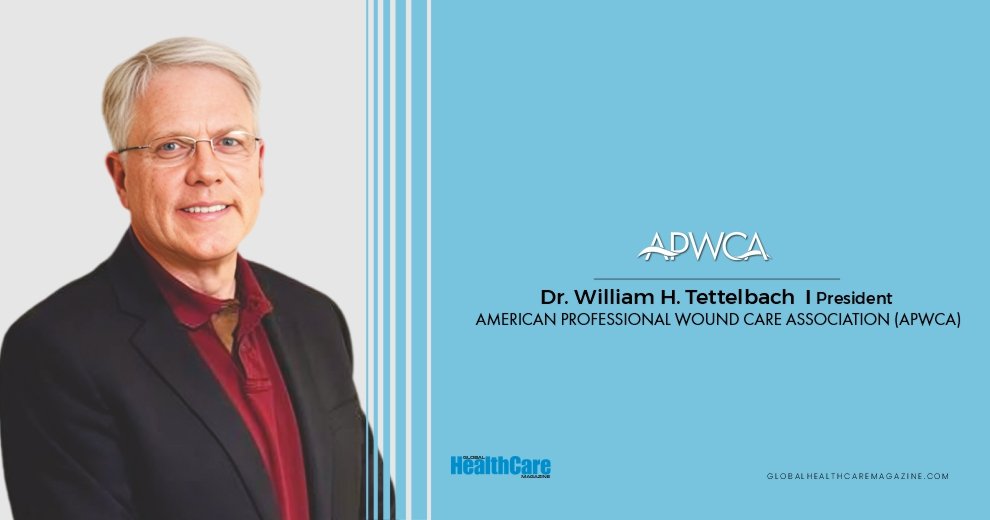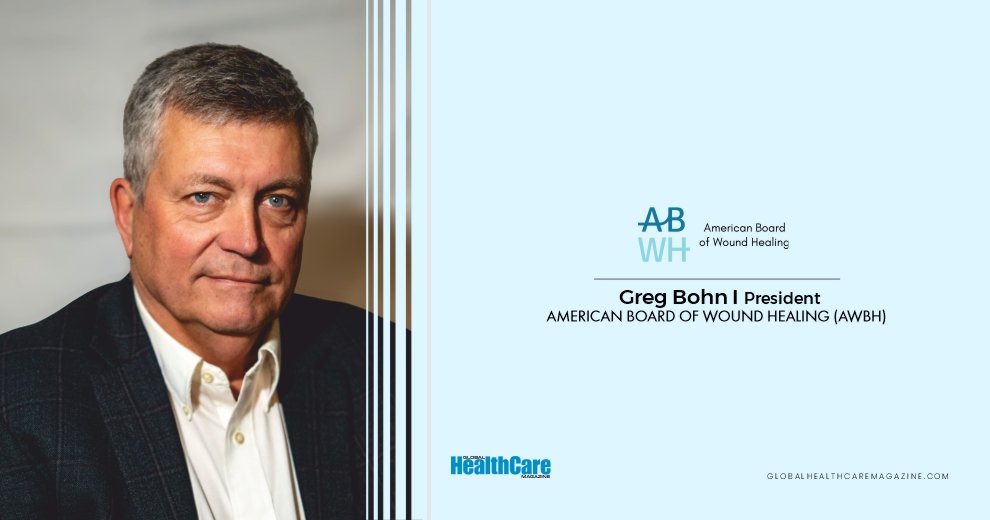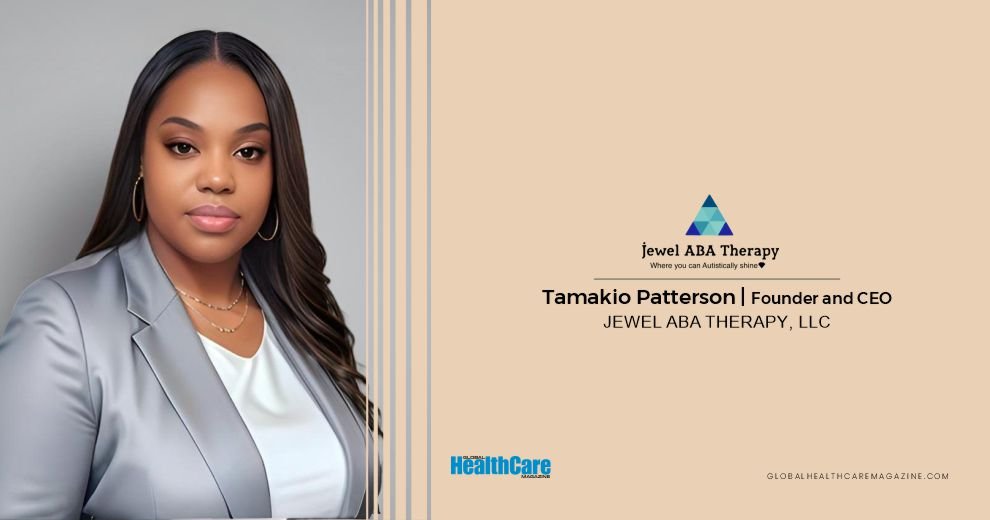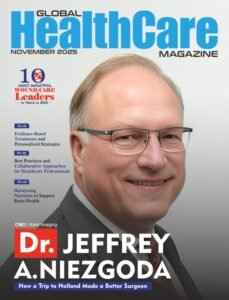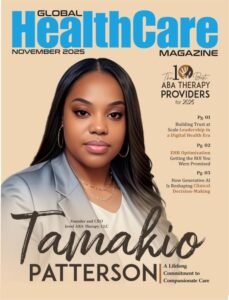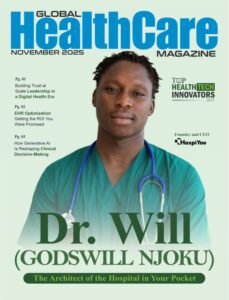In one of the most significant allergen-related actions of the year, the FDA Butter Recall 2025 has triggered industry-wide scrutiny, consumer concern, and a renewed emphasis on food labeling compliance. At the heart of the issue is Bunge North America’s NH European Style Butter Blend—a product now under Class II recall status for failing to disclose milk, a major food allergen, on its label.
More than 64,800 pounds, nearly 30 metric tons of the butter blend, were recalled starting July 14, 2025, with the FDA upgrading the status to Class II on July 30 and 31. The recall has extended to 12 distribution centers across the United States and one in the Dominican Republic. While no illnesses have been reported yet, the absence of milk allergen labeling poses a serious risk to individuals with milk allergies—a population that depends on precise, transparent food labeling for safety.
What Is the FDA Butter Recall 2025 All About?
The recalled product, NH European Style Butter Blend, is manufactured by Bunge North America at its Chesterfield, Missouri, facility. It was primarily sold in white paperboard cases, each holding 36 one-pound blocks. Identifying details include:
- UPC Code: 1 00 78684 73961 2
- Lot Code: 5064036503
Notably, the butter blend is not available for direct consumer purchase—it’s typically distributed to food manufacturers and foodservice operators, which raises added concerns about supply chain transparency and product traceability in commercial kitchens and processed food production.
Why Is Undeclared Milk a Serious Health Hazard?
While milk might seem like an obvious ingredient in butter, FDA labeling laws require any of the nine major allergens to be explicitly listed on product packaging—no assumptions allowed.
For those with milk allergies, even trace amounts can trigger:
- Mild symptoms: hives, nausea, vomiting, swelling of the lips or face, coughing, or digestive upset.
- Severe symptoms: anaphylaxis—a potentially life-threatening reaction causing throat swelling, airway obstruction, and cardiac complications.
This is not the same as lactose intolerance. A milk allergy is an immune response and can be fatal without prompt intervention—typically involving epinephrine and emergency care.
Where Was the Affected Butter Shipped?
Though full public details of the receiving entities haven’t been disclosed, the recall includes:
- 12 distribution centers in the U.S.
- 1 center in the Dominican Republic
These facilities are believed to be business-to-business food service hubs or food manufacturers, meaning the butter may have entered the commercial food preparation pipeline rather than ending up in grocery stores.
The distribution scale and the non-retail nature of the product raise additional concerns about how quickly such issues can be contained, especially if the final food product does not clearly trace ingredients to the source.
What Have the FDA and Bunge North America Done So Far?
The response has been swift and coordinated:
- Recall Initiated (July 14): Bunge North America voluntarily pulled the butter blend from its distribution pipeline.
- Class II Classification (July 30–31): The FDA categorized the recall based on potential for temporary or reversible health effects, emphasizing that serious risk is unlikely but not impossible.
- Public Health Advisories Issued: The FDA urged food manufacturers and suppliers to cease use of the recalled product and verify allergen declarations.
- No Reported Illnesses: As of August 3, there are no confirmed adverse events linked to the butter.
- Regulatory Follow-Up: Ongoing surveillance and reinforcement of allergen labeling laws are being conducted by both the FDA and industry watchdogs.
What Should Affected Parties and Consumers Do?
If you’re a food manufacturer or food service operator who received this product, stop using it immediately. Check for the UPC and lot code, and dispose of any affected units.
For individuals with milk allergies, if you suspect exposure to an unlabeled product, seek medical advice—even if no symptoms appear right away. Anaphylaxis can escalate rapidly, and epinephrine should be administered at the first sign of severe allergic reaction.
Why This Recall Sets a Precedent for the Food Industry
The FDA Butter Recall 2025 underscores a critical business truth: food safety is non-negotiable, and allergen labeling errors—intentional or not—can expose companies to regulatory backlash, financial loss, and public trust erosion.
For food industry professionals, this serves as a wake-up call to re-examine allergen control programs, labeling accuracy, and supplier accountability. For consumers, especially those living with food allergies, the recall is a sobering reminder of the invisible risks embedded in poorly labeled products.
A Small Labeling Miss, A Big Business Message
While this recall may not have caused fatalities, it reveals the fragile intersection between food safety, consumer trust, and regulatory enforcement. The FDA Butter Recall 2025 will likely go down as a pivotal moment in allergen-related food compliance for manufacturers across the U.S. and beyond.
For full updates, visit the FDA Recalls & Safety Alerts page or contact Bunge North America.

